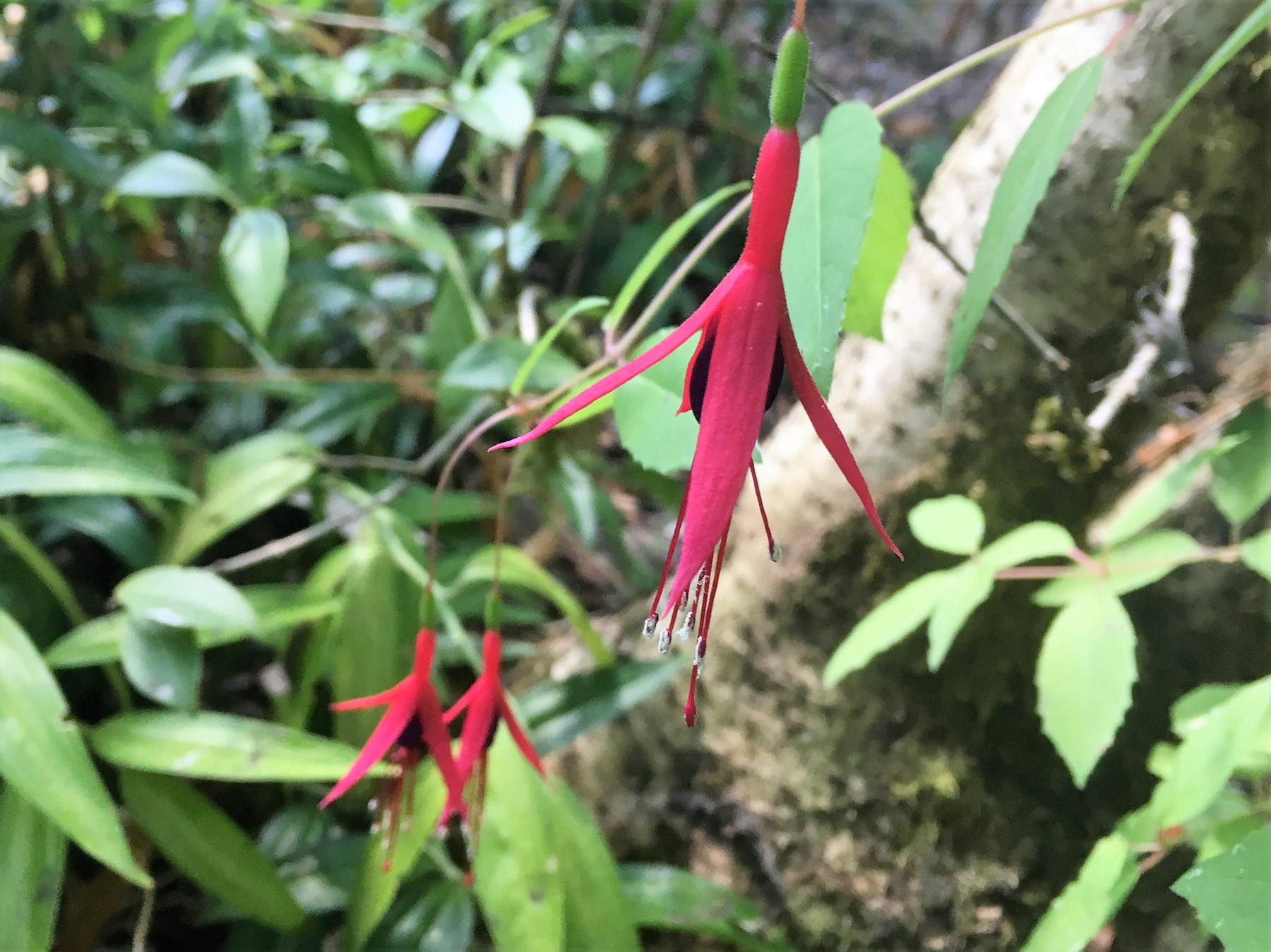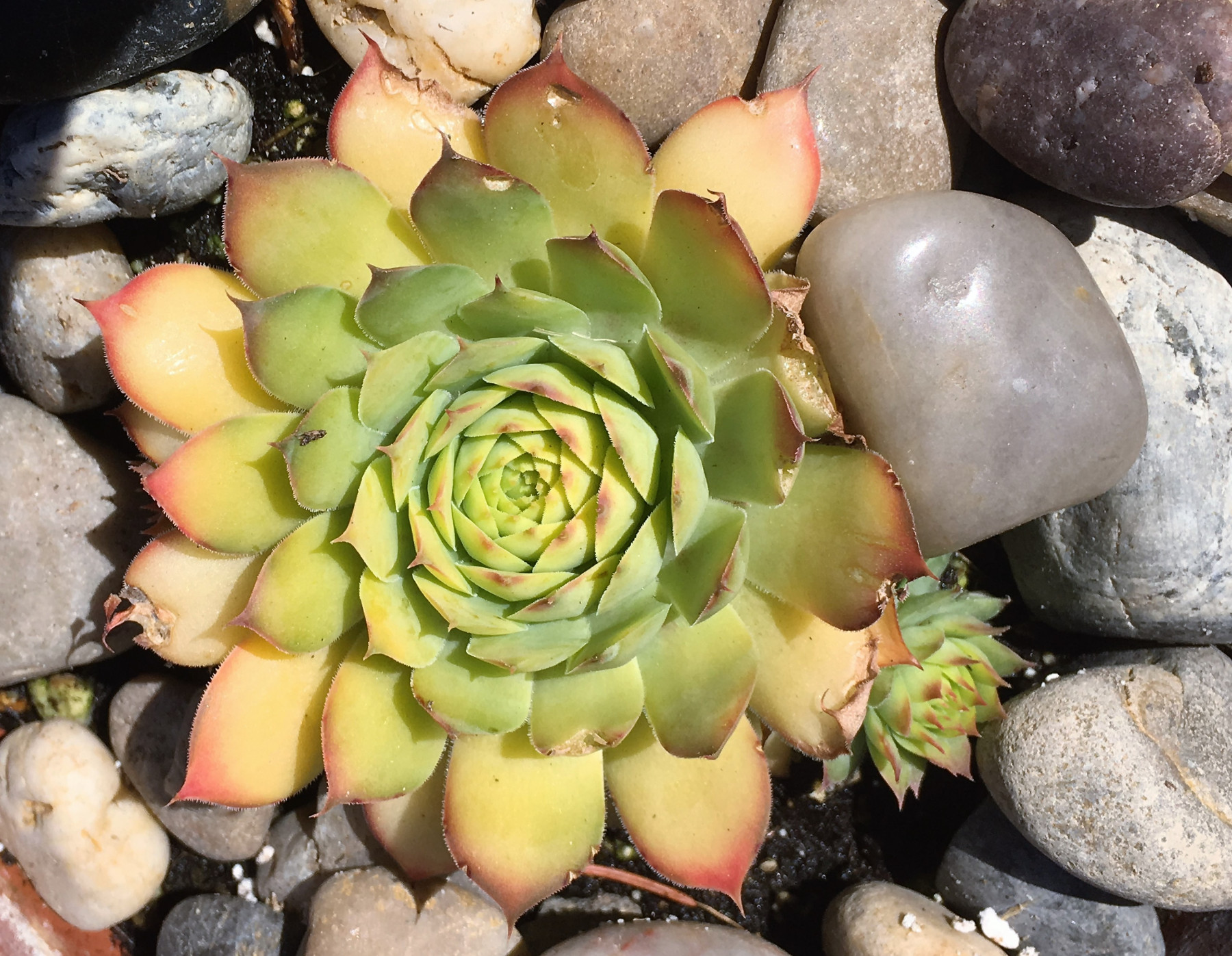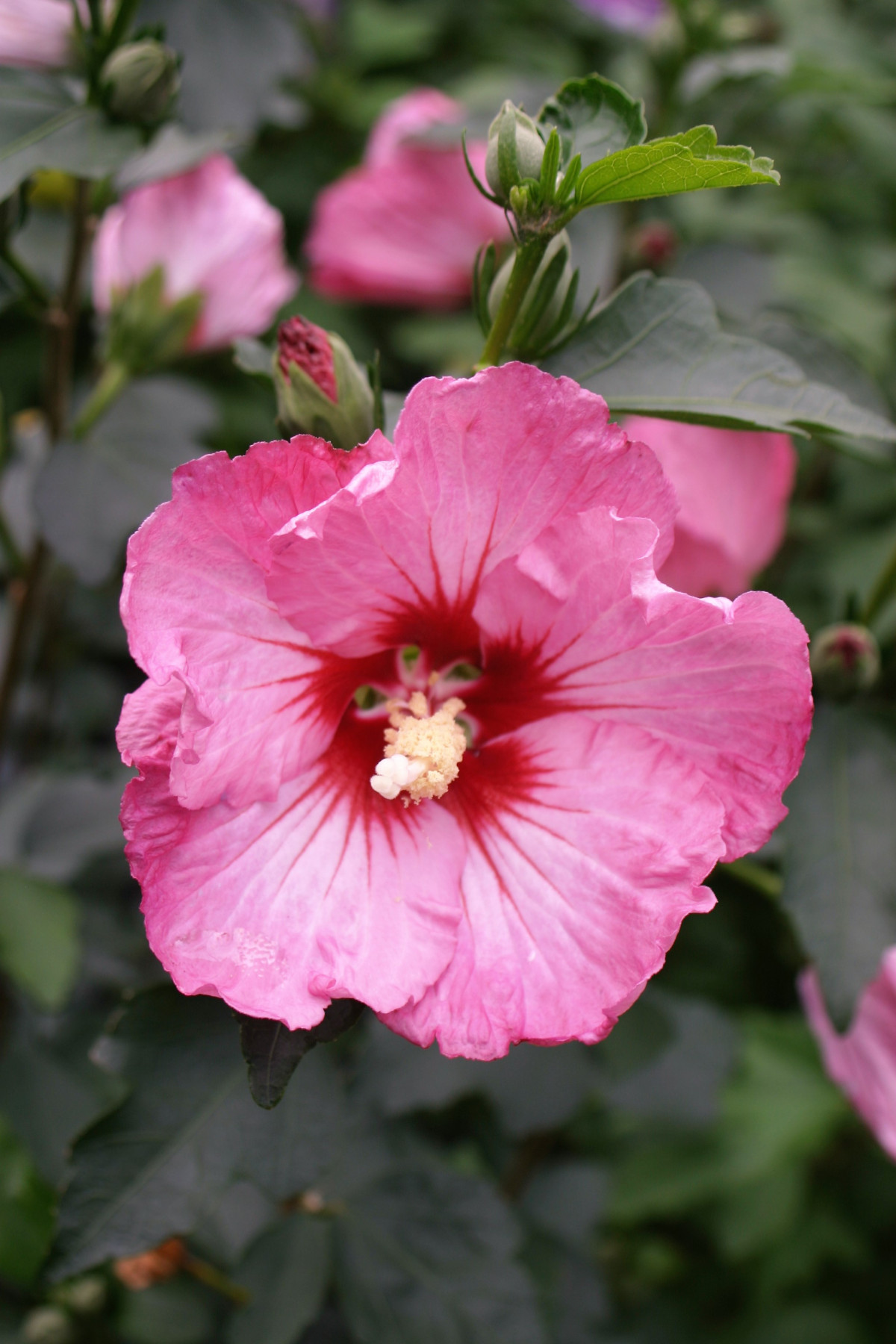
I’m always pleased when I discover beautiful ornamental plants in my garden that are also delicious to eat. So, last month, at a Hardy Plant Study Weekend in Portland, OR, I was happy to attend a presentation by Stacey Hirvela called “Incidentally Edible.”
Stacey is a marketing specialist for Proven Winners Colorchoice Shrubs, and the author of the 2014 Rodale book, Edible Spots & Pots: Small-space Gardening for Growing Vegetables and Herbs in Containers, Raised Beds, and More. “I’ve always had a strong interest in food and cooking, so it’s natural to combine gardening with food,” Stacey told me. And it’s those foods that don’t appear in the marketplace, she says, “that put gardeners at a unique advantage.”

Stacey had certain requirements for plants in her presentation. You could use these criteria to find your own delectable ornamentals. Of course, always research carefully, as Stacey did, to find out whether a plant is safe to eat, using reliable books and websites, such as Backyard Forager.
Stacey’s plant picks had to:
Have genuine ornamental and culinary value. It must taste good; not just for survival.
Not be readily available at markets. That includes most farmers’ markets.
Not be destroyed by harvesting. After all, we cherish our ornamentals.
I asked Stacey for her top three:
Rose of Sharon (Hibiscus siriacus) – “I love okra,” Stacey said, “and Rose of Sharon is botanically related. The flowers won’t withstand intense heat, so add them to a fresh salad.” She also suggested employing the quick heat of a tempura batter to the tubular buds, and experimenting with different varieties. “Pink might taste better than white.” Look for hibiscus that are hardy in Zones 5-9. For colder climates, you can overwinter them in a cool greenhouse.

Hens and Chicks (Sempervivum sp.) –“All of these are good to eat—crunchy and fresh. It’s a green-apple flavor, you can put raw into salads. And all of them taste different,” Stacy said. “However, I don’t suggest the hairy cobweb types.” These ground-hugging succulents are vigorous and easy to grow. “Once you have them, you’ve got them for life,” she said. Some are hardy down to Zone 2.
Fuchsia (Fuchsia sp.) – “I did not know about this one until I researched,” Stacy told me. “In all species, both the flowers and fruit are edible, but some blossoms may be bitter—because varieties are not selected for flavor, yet. The tastiest ones are tropical species, so this is an option for a warm greenhouse.” And fuchsias are a gorgeous addition to your greenhouse décor. Stacey noted, “The tropical varieties are stunningly beautiful.”










